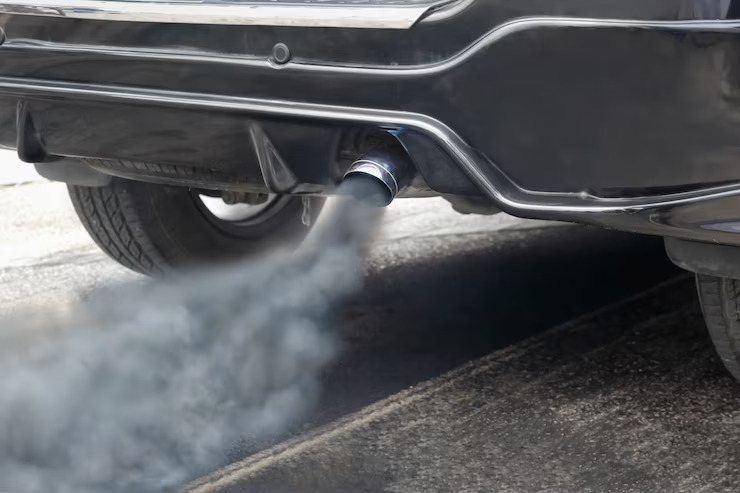In today’s environmentally conscious world, assessing the emissions control system and compliance of a second-hand car is crucial when purchasing a vehicle in South Africa. Emissions regulations aim to reduce harmful pollutants and promote cleaner air quality. As a responsible buyer, it’s important to ensure that the second-hand car you are considering meets the required emissions standards. In this article, we will discuss the key aspects to consider when assessing the emissions control system and compliance of a second-hand car in South Africa.
- Emissions Standards in South Africa:
Familiarize yourself with the emissions standards set by the South African government. The National Environmental Management: Air Quality Act (NEM: AQA) regulates emissions from vehicles and sets limits on pollutants such as carbon monoxide (CO), nitrogen oxides (NOx), hydrocarbons (HC), and particulate matter (PM). Vehicles must comply with these standards to ensure they do not contribute excessively to air pollution.
- Roadworthy Certificate and Emissions Testing:
Before purchasing a second-hand car, request a valid roadworthy certificate. This certificate confirms that the vehicle has passed a comprehensive inspection, including an emissions test. During the emissions test, technicians measure the vehicle’s exhaust emissions to ensure they meet the required standards. A valid roadworthy certificate indicates that the car has met the necessary emissions compliance criteria.
- Visible Emissions and Exhaust Smoke:
Conduct a visual assessment of the car’s emissions while it is running. Pay attention to the color and density of the exhaust smoke. A well-maintained vehicle should emit clear or slightly white exhaust smoke. Excessive black or blue smoke may indicate engine problems, such as a malfunctioning emissions control system or worn-out engine components.
- On-Board Diagnostics (OBD) System:
Check if the second-hand car is equipped with an On-Board Diagnostics (OBD) system. The OBD system monitors various aspects of the vehicle’s performance, including emissions-related components. A properly functioning OBD system can detect and report any faults or malfunctions that may affect emissions control. Ensure that the OBD system is not displaying any error codes or warning lights, indicating potential emissions-related issues.
- Maintenance and Service History:
Request the maintenance and service history of the vehicle from the seller. Regular maintenance and servicing contribute to the proper functioning of the emissions control system. Look for records of emissions-related maintenance, such as replacing oxygen sensors, catalytic converters, or diesel particulate filters. A well-maintained car with a documented service history is more likely to comply with emissions standards.
- Diesel Particulate Filter (DPF) Maintenance:
If you are considering a diesel-powered second-hand car, inquire about the maintenance of the Diesel Particulate Filter (DPF). The DPF traps and reduces harmful particulate matter emitted by diesel engines. Ensure that the DPF has been regularly cleaned or replaced as per the manufacturer’s recommendations. Neglected DPFs can lead to excessive emissions and reduced engine performance.
- Adherence to Manufacturer Specifications:
Verify that any modifications or alterations made to the vehicle’s emissions control system comply with the manufacturer’s specifications. Unapproved modifications, such as removing or tampering with emissions control components, can result in non-compliance with emissions standards and may have legal implications.
Assessing the emissions control system and compliance of a second-hand car is essential to ensure you are making an environmentally responsible choice in South Africa. Consider the emissions standards, request a valid roadworthy certificate, and perform visual inspections of the exhaust smoke. Verify the functionality of the On-Board Diagnostics system, review the maintenance and service history, and inquire about Diesel Particulate Filter maintenance for diesel vehicles. By evaluating these aspects, you can make an informed decision and select a second-hand car that meets the required emissions standards, contributing to cleaner air and a healthier environment.











